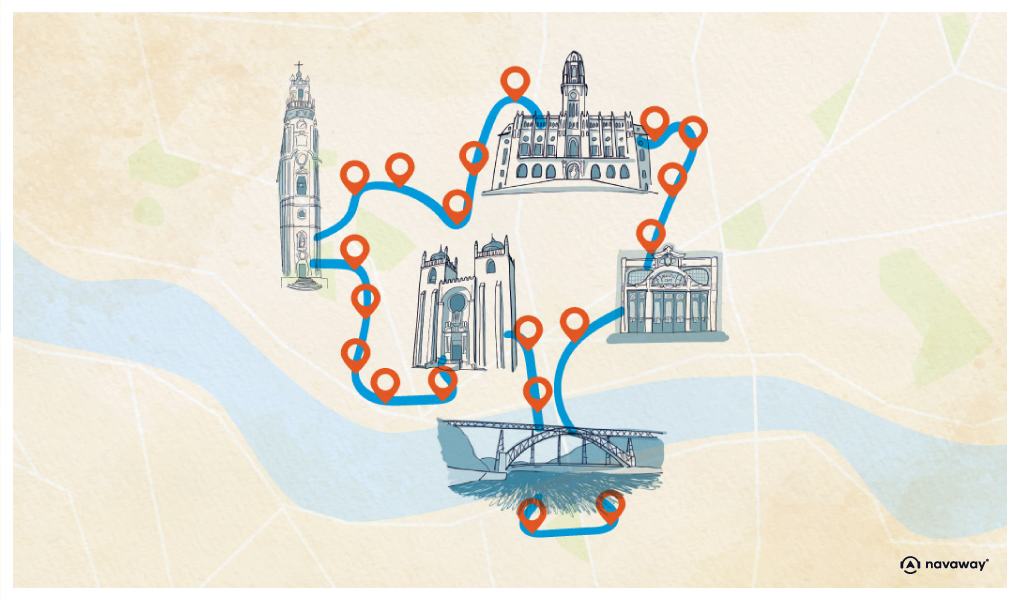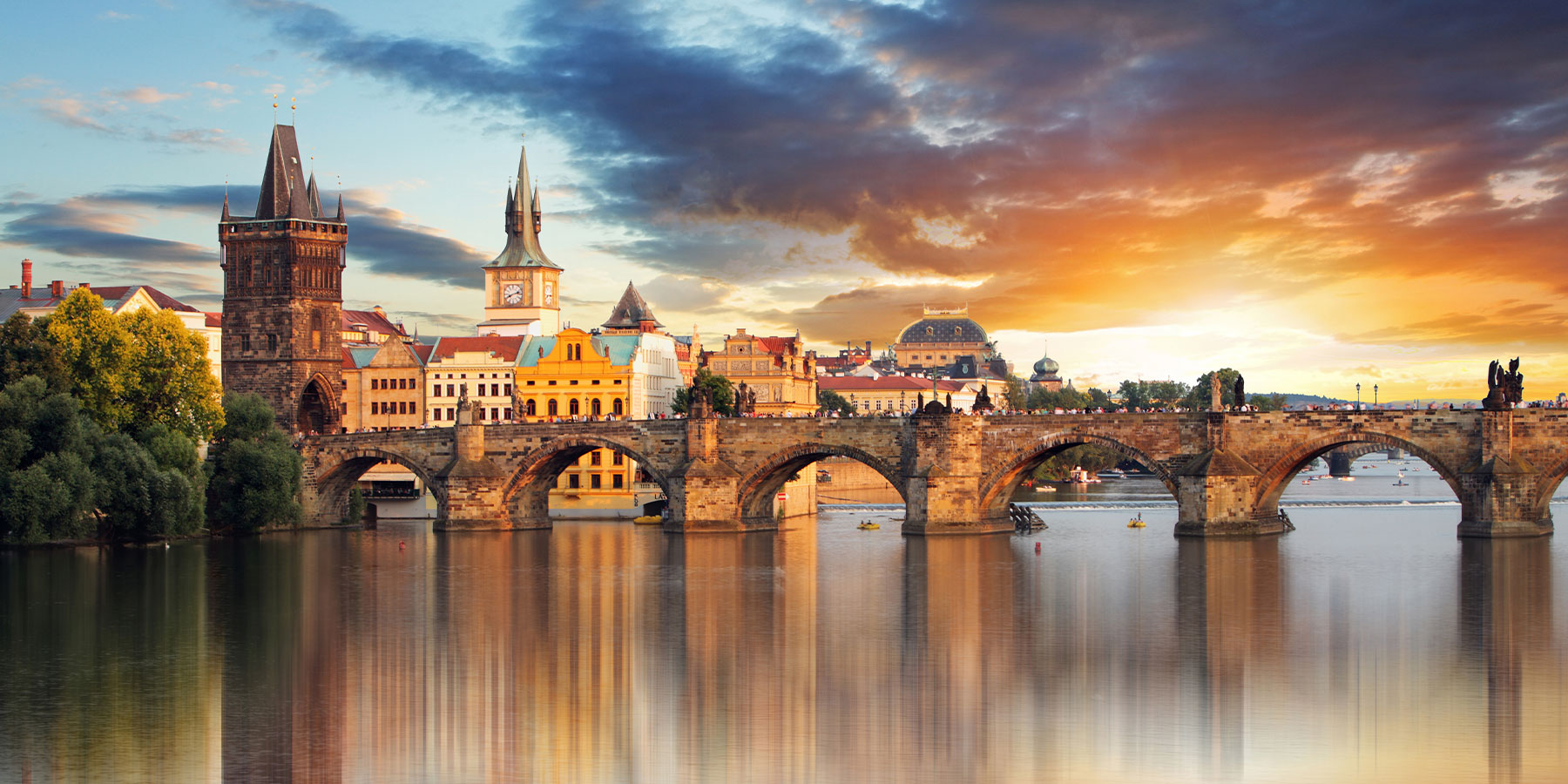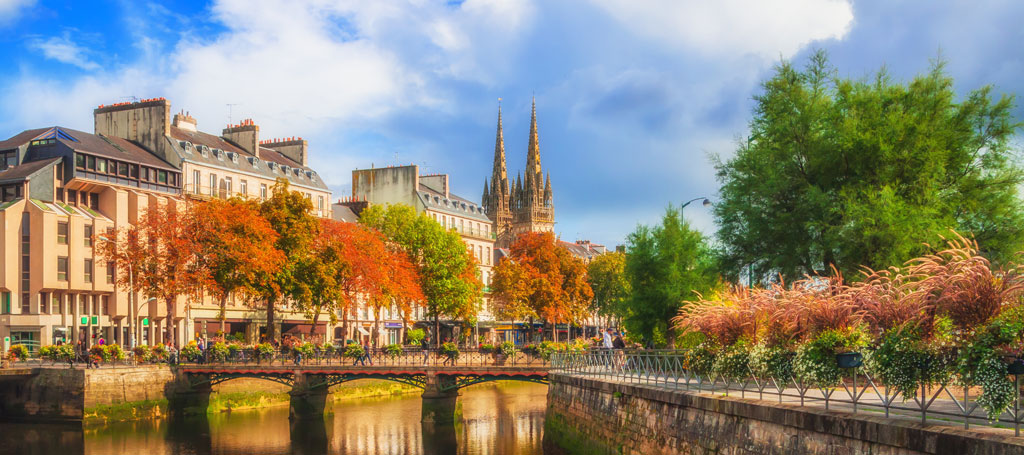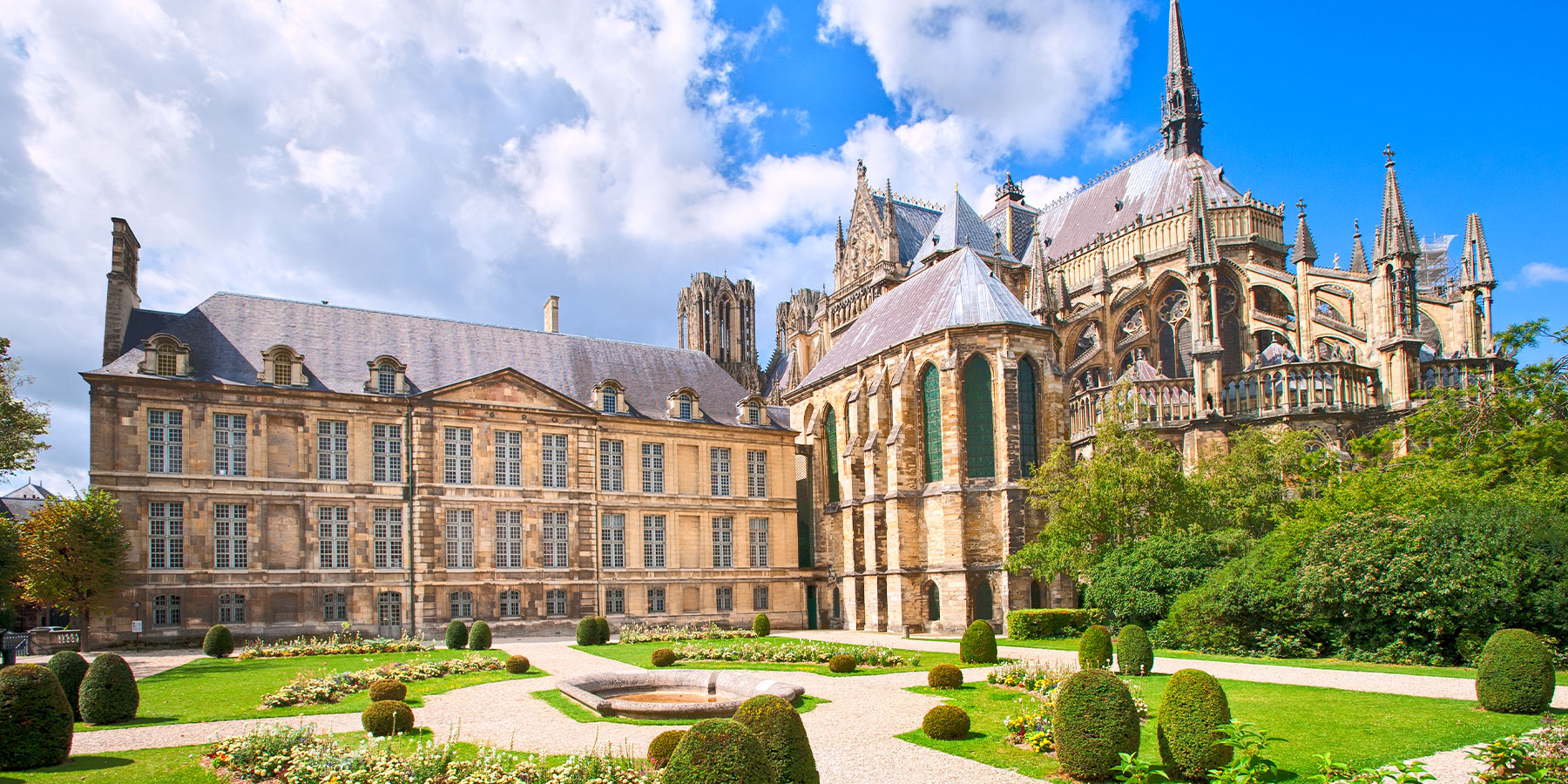
Porto Cathedral

This point of interest is available as audio on the tour: Visit Porto, A Vintage Soul on the Douro
Set high above the city, Porto’s cathedral, the Sé, doesn’t give itself away easily — it invites you to come find it. Built in the 12th century, it was reconstructed multiple times throughout history, now presenting a harmonious yet diverse architectural ensemble. Despite being predominantly Baroque, the building may also remind you of a fortress given its facade, two square towers and Romanesque main body, all next to walls that once protected the city. A stern outdoor appearance that still continues once you step inside. The combination of bare stone walls and minimal decoration will automatically lead you to focus on the cathedral’s soaring columns and towering nave. For more intricate details, go check out the cathedral’s Gothic cloister, composed of a courtyard and two galleries where precious azulejos, small glazed tiles, retrace the life of the Virgin Mary. Wait, I almost forgot to tell you about the most famous marriage ever held in the Sé! That of King John I and Philippa of Lancaster in 1387, the only English woman ever to have become Queen of Portugal, marking the country’s history. This royal union sealed the Treaty of Windsor, a strategic alliance between Portugal and England that still remains today with close diplomatic relations. This collaboration was mutually beneficial, as Portugal will no longer be alone against Castilian attacks, while England would gain a new ally against France. Outside of politics, Queen Philippa brought her English customs with her, including her deep religious devotion which she passed on to her children. This education will not be in vain, for John and Philippa have raised “the Illustrious Generation”, sons driven by science, travel and religion. They would go on to shape Portugal’s Golden Age, including figures such as Henry the Navigator, Ferdinand the Saint, Peter Duke of Coimbra, and King Edward I. If you pay close attention to the cathedral’s interior, you’ll maybe find a carved rose into one of the pillars, a symbol of the Lancasters that would later become world-famous during the War of the Roses. This conflict opposed two rival branches of the Plantagenet dynasty: the red rose represented the Lancasters while the white rose was a symbol of the York House. It ended when the two houses united, creating the Tudor dynasty, whose rose was a combination of red and white to symbolise restored peace. Who would think you would find such an important English emblem in the Porto Cathedral?


Discover Porto with app
An interactive guide through the most beautiful streets, squares, and districts
27 fun audioguides full of historical facts, anecdotes, and legends





Comments